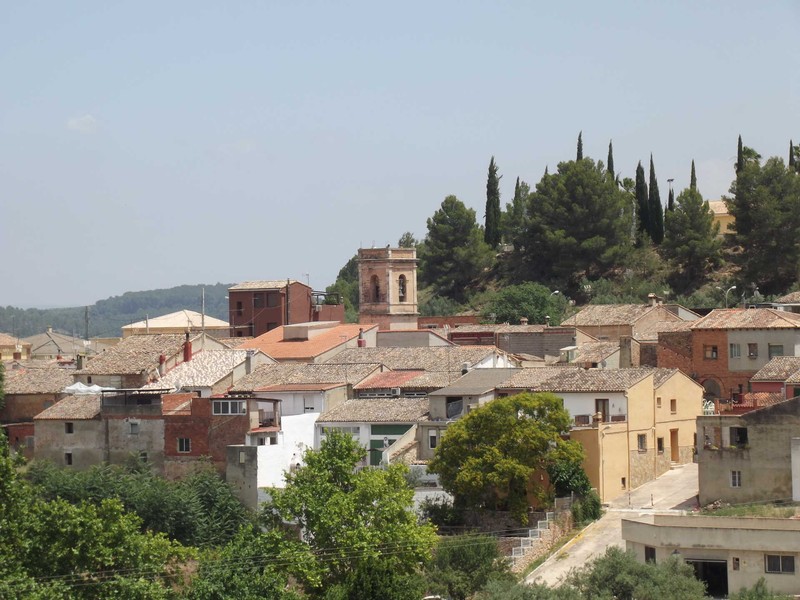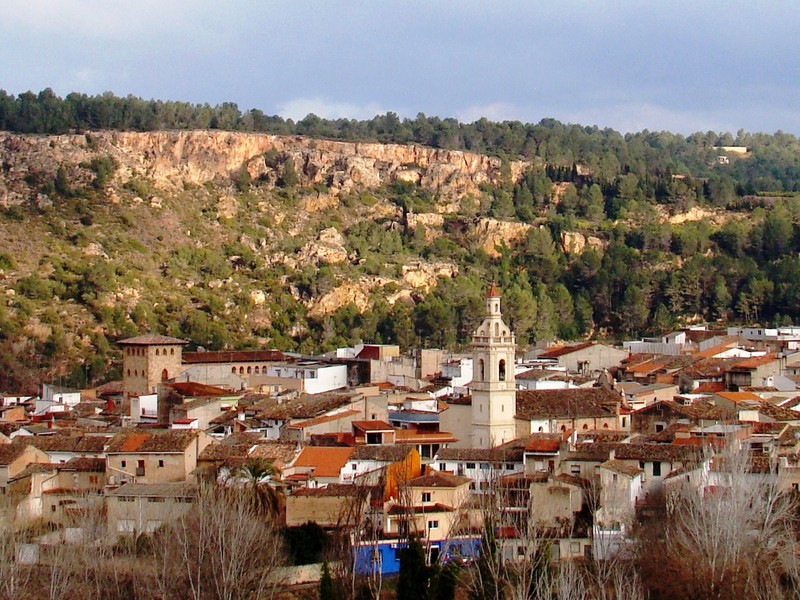Pico Caroche (Bicorp)
The Caroche or Caroig peak is a mountain of 1,126 meters, located in Teresa de Cofrentes, Spain. It is situated
If Millares is well-known in the world of palaeontology, it is thanks to the invaluable work of the archaeologist and palaeontologist José Martínez Royo, who donated his collections so they could be exhibited in the town. Thus, a visit to the Museum Collection bearing his name provides a very interesting educational and informative complement for visitors who come to visit the Tambuc dinosaur footprint site and the cave paintings.
The Museum has a palaeontology exhibition room that explains the characteristics and importance of the more than 400 ichnites in the Rambla del Tambuc ravine, located 16 km south of Millares. The museum covers an area of 6,000 square metres and it documents these fossilised footprints of ornithopod and theropod dinosaurs from the Late Cretaceous period, that is to say, from 85 million years ago. The thematic display cabinets exhibit examples of marine invertebrates, such as echinoderms, ammonites, bivalves and gastropods (sea urchins, oysters, mussels, snails and other molluscs, etc.); as well as shark teeth and fossilised fish bones, belonging to different periods of the Earth’s geological history.
There is also an Archaeology Room dedicated to interpreting the cave paintings found around Millares, especially those in the Vicent, Roser and Chorradores Rock Shelters, and the human groups that made them possible. For this purpose, a distinction is made between Levantine Art and the ancient and complete Schematic Art, all of which corresponds to the prehistoric period of the Neolithic age, when the area was frequented by the last nomad and bow carrying hunter-gatherers. A display cabinet houses a small piece of engraved ceramic that was found in the Cueva de la Tosca cave.
The Caroche or Caroig peak is a mountain of 1,126 meters, located in Teresa de Cofrentes, Spain. It is situated
You will love La Canal de Navarrés! It’s an ideal destination for the whole family, to discover with friends, and

Estubeny, located in the interior of the province of Valencia, is an inland destination that hides a unique natural space,

Anna is a beautiful municipality in the Canal de Navarrés, well known for its Anna Lake, a lagoon surrounded by
Copyright © 2023. La Canal de Navarrés. All rights reserved.
Do not hesitate to contact us for any further information.
This website uses cookies so that we can provide you with the best user experience possible. Cookie information is stored in your browser and performs functions such as recognising you when you return to our website and helping our team to understand which sections of the website you find most interesting and useful.
Strictly Necessary Cookie should be enabled at all times so that we can save your preferences for cookie settings.
If you disable this cookie, we will not be able to save your preferences. This means that every time you visit this website you will need to enable or disable cookies again.